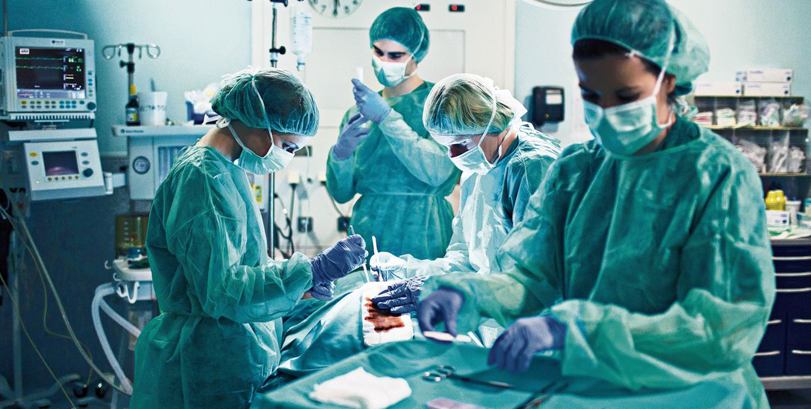AMC – Warming up Bodies after Invasive Surgery #SWI2005
Hypothermia is used in a number of invasive cardiosurgical procedures. In limited hypothermia, a routine procedure in open-heart surgery, the human body is cooled down to 32 degrees Celcius, whereas in deep hypothermia, which is used less frequently, body temperatures go down as far as 20 degrees.
The actual cooling of the body is done by circulating the blood through a heart-lung machine, in which the blood exchanges heat with cold water. Rewarming is done by the same procedure with hot water, and afterward by contact of the body with hot air in a “bear hug”. Medical complications, such as brain damage or damage to other vital organs, can arise from this process taking place too quickly. For practical purposes, however, the warming procedure has to be performed as quickly as is safely possible.
The actual controls used at present are rather crude and suggestions for improving this procedure are very welcome. Moreover, the precise control of the reheating procedure, in relation to the observed data during the cooling process, calls for a much better understanding.
The goal of the study group is to develop a model allowing the data gathered during the cooling process to predict the time and method for reheating by circulating warm blood. In addition, we also seek a better understanding of the use of hot air for warming up the body, preventing temperature drops, and stabilizing the body temperature. Real data will be provided consisting of three different temperature curves, namely skin, blood, and internal body temperature.


